Humans are not the only creatures in the universe to have romantic feelings, the animal world is also filled with stories of deep affection. As the artists say, this world is filled with beautiful rhythms due to eternal love. Below, we list the ten most romantic animal species: albatrosses, pinecone lizards, swans, peony parrots, white-billed loons, bonobos, pufferfish, great hornbills, shrimps and angler fish.
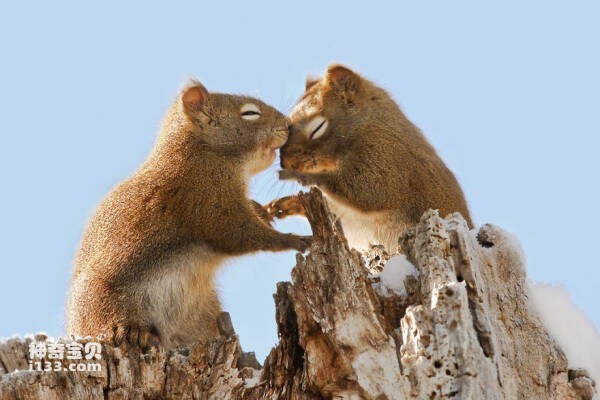
The love stories of these animals are amazing. The passion and care shown between them sometimes transcends human understanding of love. For example, albatross can choose to have only one partner in their lifetime, and their loyalty and attachment are touching; and like swans, the romantic partnership they establish often lasts a lifetime, and they face wind and rain together.
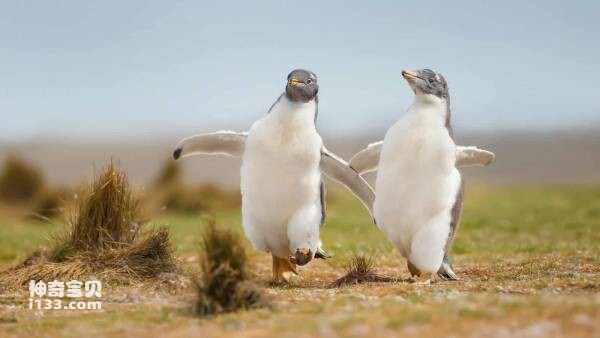
By understanding the romantic stories of these animals, we can witness love and emotion in nature, and perhaps this pure, selfless love is one of the precious qualities that we humans can learn from animals. Let us cherish the beauty and affection shown by these magical animals in the field of love, and feel the light of love they radiate together.
1. Albatross
Among birds, the albatross family is a collective name for a group of large seabirds. The front end of their beaks is hook-shaped, and the nostrils are tube-shaped and separated from left to right. These birds have relatively long wings, a relatively short tail, short legs located at the back of the body, missing or vestigial back toes, and complete webbing of the first three toes. At the end of October every year, after a year of flying across the sea, the albatross will return to their hometown exactly.
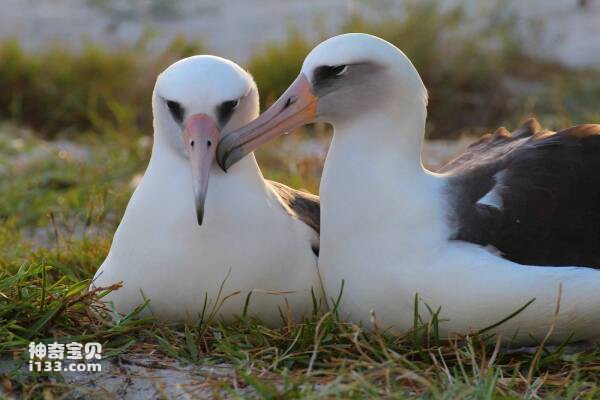
The single albatross starts looking for a lover, while the married one patiently waits for the return of his partner. These seabirds do not have the concept of "cheating". If they fail to wait for the return of their partner for some years, they will not rush to find a new partner, but fly away alone. Some albatrosses, even in disappointment, still return on time every year as promised and continue to wait. This concept of loyalty and firm love is also worthy of our thinking and learning in human society.
2. Pine cone lizard
The pine cone lizard, belonging to the Skink family, has a large blue tongue and is covered with thick and hard scales, making it look like a pine cone, hence the name pine cone lizard. This reptile is one of the most popular pets and is far more docile and devoted than we think. Once a male pinecone finds his mate, they become a long-lasting pair that may last 10, 20, or even a lifetime.
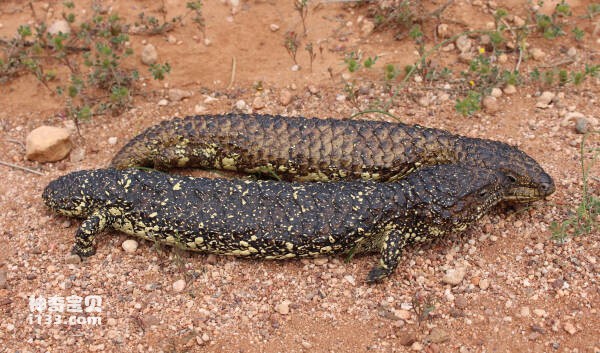
Whenever spring comes, mature male pine cone lizards will look for a bride. Once found, they will accompany the female pine cone lizard politely and guard her wholeheartedly for up to two months. What happens next will fall into place. By the next spring, the male will return to the place where they first met to reunite with the female, and they will wait for the same mate in the same spot year after year. This sustained and loyal partnership is awe-inspiring, showing the unique persistence and emotion in love of these creatures.
3. Swan
Swans refer to birds of the family Anselidae, which are migratory birds and are listed as national second-level protected animals. Swans are found on all continents except Africa and Antarctica, and are the largest birds in the Anatidae family. Each swan follows a rare "lifelong partner system." When wintering in the south, they will move in pairs whether they are foraging or resting. While the female swan is laying eggs, the male swan will guard her. When faced with threats, swans will flap their wings and bravely fight their enemies.

Not only do they assist each other during the breeding season, but they also always travel together. If one swan dies, the other swan will "keep its integrity" by living alone and continue to live alone until it dies. This spirit of loyalty and self-sacrifice is touching. It shows the noble qualities of swans in love and life, and also makes people deeply respect and love these elegant birds.
4. Peony Parrot
Parrots are a family of parrots that are nicknamed lovebirds because of their affectionate nature, a name that applies to all species within the genus. Named for their affectionate nature, these parrots are often inseparable and cling to their partners, often staying together for life. Female peony parrots show affection by fluttering their feathers. In response, the male will dance, displaying graceful movements and caressing the female's head as he dances.
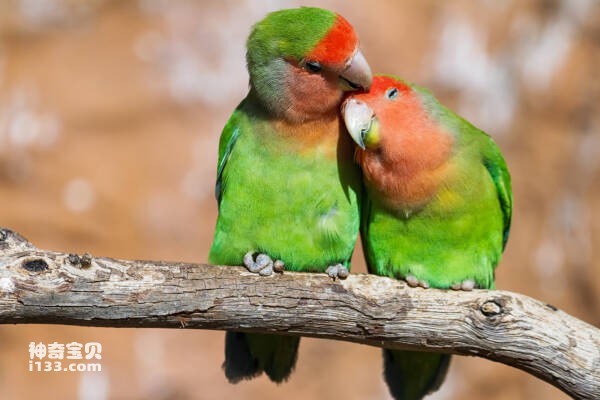
During the nest building period, the male acts as both "mother" and caregiver of the young, providing necessary food to the female and young. Unlike other species, peony parrots never view union simply as a reproductive act, but instead spend more time hugging each other, demonstrating their deep affection. The birds' intimate interactions and the way they express their love show how much they care and cherish each other, and are a marvel of the wonderful expressions of emotion between different creatures in nature.
5. White-billed Loon
The white-billed loon, also known as the yellow-billed loon, is a large waterfowl in the loon family. It has a thick, upturned yellow-white beak, a thick neck, an obvious bulge on the forehead, and small white spots on the lower jaw. It consists of a white horizontal band; there is a wide white horizontal band from the neck to the side of the neck, which is interrupted in the middle of the front neck, which is unique; the back is black with obvious square white spots.
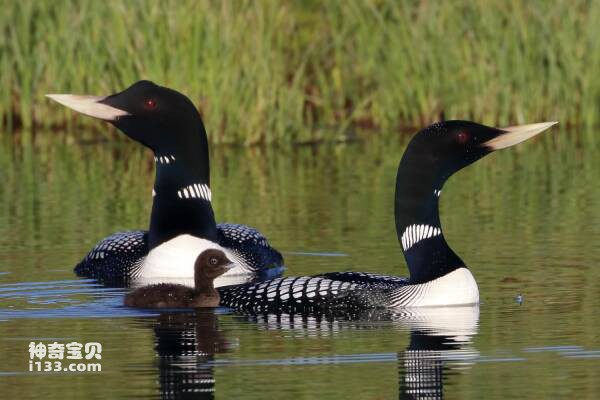
White-billed loons will stay close to each other after breeding, usually no more than 20 centimeters apart. They keep an eye on each other to make sure their partner doesn't feel lonely before laying eggs. If they are separated, both males and females will try to stay close to each other. This kind of intimate and caring behavior is quite rare in the animal kingdom. Usually only the female or the male displays this trait, not both partners.
6. Bonobo
Bonobos are a member of the genus Chimpanzee, similar in appearance to chimpanzees, but they are more adept at walking upright and exhibit a gentler temperament than chimpanzees. These animals rarely get angry, don't like to make noise, and are most similar to humans. They are capable of expressing all natural emotions, such as anger, happiness and, most precious of all, love.
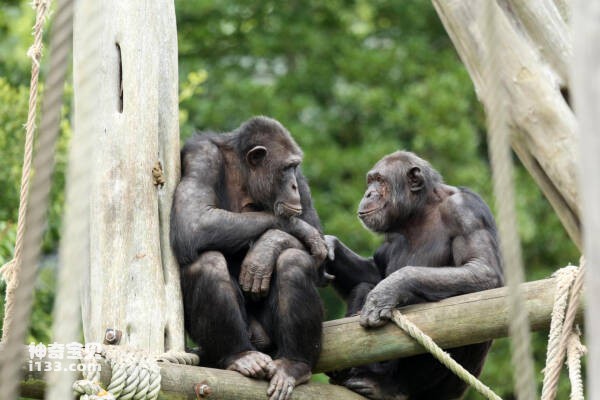
Bonobo partnerships are always close and harmonious, and they spend a lot of time engaging in love rituals. Family life is calm and orderly, and the females are relatively small, but they have the ability to maintain special relationships and even deter aggressive males from harming others.
7. Pufferfish
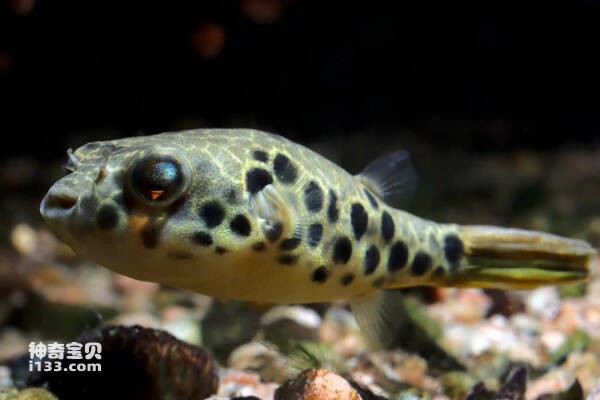
Pufferfish, the common name for fish in the family Pufferidae, is a bony fish and is commonly known as puffer fish among the people. China has eaten puffer fish since ancient times because this fish lives in rivers and makes a pig-like chirping sound when caught, hence the name puffer fish. The puffer fish is an interesting animal. When stimulated, many small spines appear on its body. Male pufferfish create patterned structures by flapping their tiny fins against the sand and gently pushing against the floor with their noses to attract mates. After breeding, these adorable creatures stay with each other until the end of their lives. Humans usually give a romantic bouquet of flowers when they fall in love. The freshwater dolphin pufferfish that lives in the Amazon River Basin in South America is no exception, but they don't send flowers or water plants.
8. Great Hornbill
The two-horned hornbill is a large bird, with the male being the largest. This great hornbill is mainly found in the Indian subcontinent and Southeast Asia. Their lifespan can be up to 50 years. Compared to male hornbills with blue and white eyes, females are smaller and have distinctive yellow and black markings on their bills.
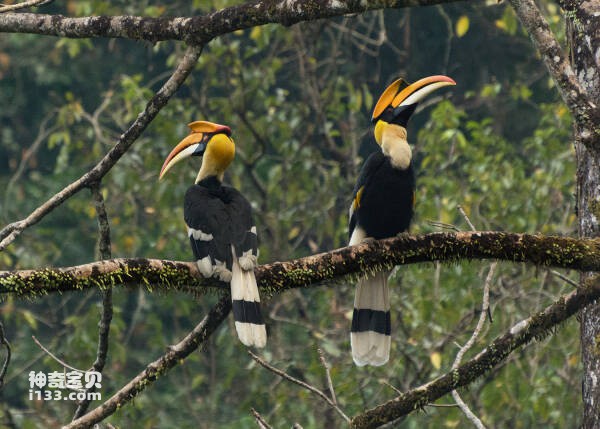
These romantic hornbills display impressive traits in mate selection, with the male quickly selecting a charming mate and then showering it with gifts. The male will continue to give new gifts until the female accepts them. It is crucial for the female bird to choose an excellent mate who can provide the best gifts. The great hornbill will accompany its partner through the journey of life until the end of life, becoming a symbol of the most beautiful love in nature.
9. Li Xia
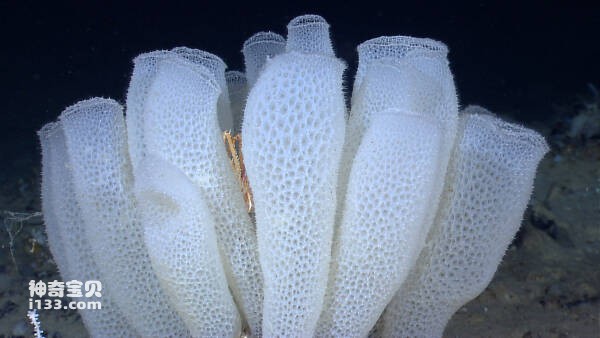
The shrimp is a special kind of shrimp. Its bones are white and intertwined with bone spicules to form a network structure, usually in the shape of a vase or column. These shrimps are usually embedded at one end into siliceous threads on the soft mud bottom of the deep sea, so they are also called Venus flower baskets. The shrimp regards the sponge as its home. Because the sponge has limited space and can only accommodate up to two shrimps, they are called life-and-death partners. They remain inside the sponge throughout their lives, cleaning it and living off food that floats in from the sponge's pores. When shrimps reproduce, their offspring float out of the holes and continue to live in a small nest with their partners.
10. Angler
Anglefish, commonly known as stutter fish, frog fish, sea frog fish, angler fish, etc., mainly inhabit tropical and subtropical deep sea waters. Male anglers are usually much smaller than females. When this kind of fish is looking for a mate in the deep sea and ocean depths, the male fish will choose a suitable female fish and go through a special breeding method.
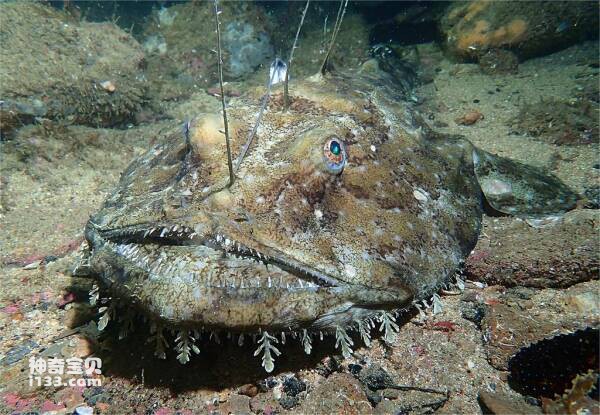
The male angler bites the tissue on the female's abdomen and then clings to the female's body. Over time, the female's tissue will grow rapidly and soon completely envelop the male. Eventually, such a combination will sink into the deep sea and begin their unique "two-fish world" benthic life.
This unique reproduction method demonstrates the extraordinary survival strategy and unique reproduction method of the angler species, and reveals to people the diverse and magical life forms in nature. This intimate fusion phenomenon also gives these fish a unique biological charm, making people full of curiosity and awe about the ecosystem deep in the ocean.
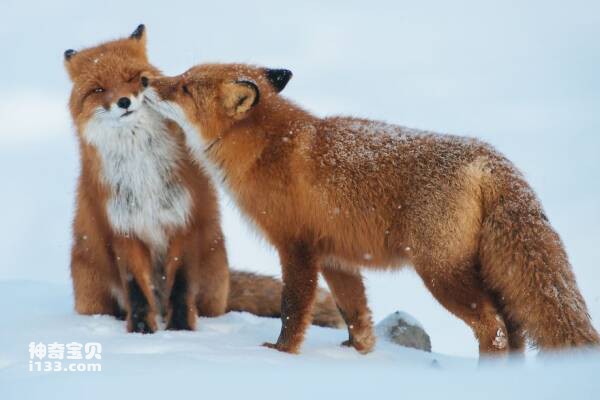
The list of the top ten most romantic animals is mainly recommended based on the animals' courtship habits, post-reproduction behavior and other related information, and comprehensively refers to relevant Internet rankings/lists. The list is for reference only to help you understand the most romantic animals in the world. What are the animals. If you have any questions, please leave comments/criticisms at the end.

Finally, I wish all readers ~ lovers will eventually get married.
animal tags: Albatross swan bonobo shrimp fish
We created this article in conjunction with AI technology, then made sure it was fact-checked and edited by a Animals Top editor.